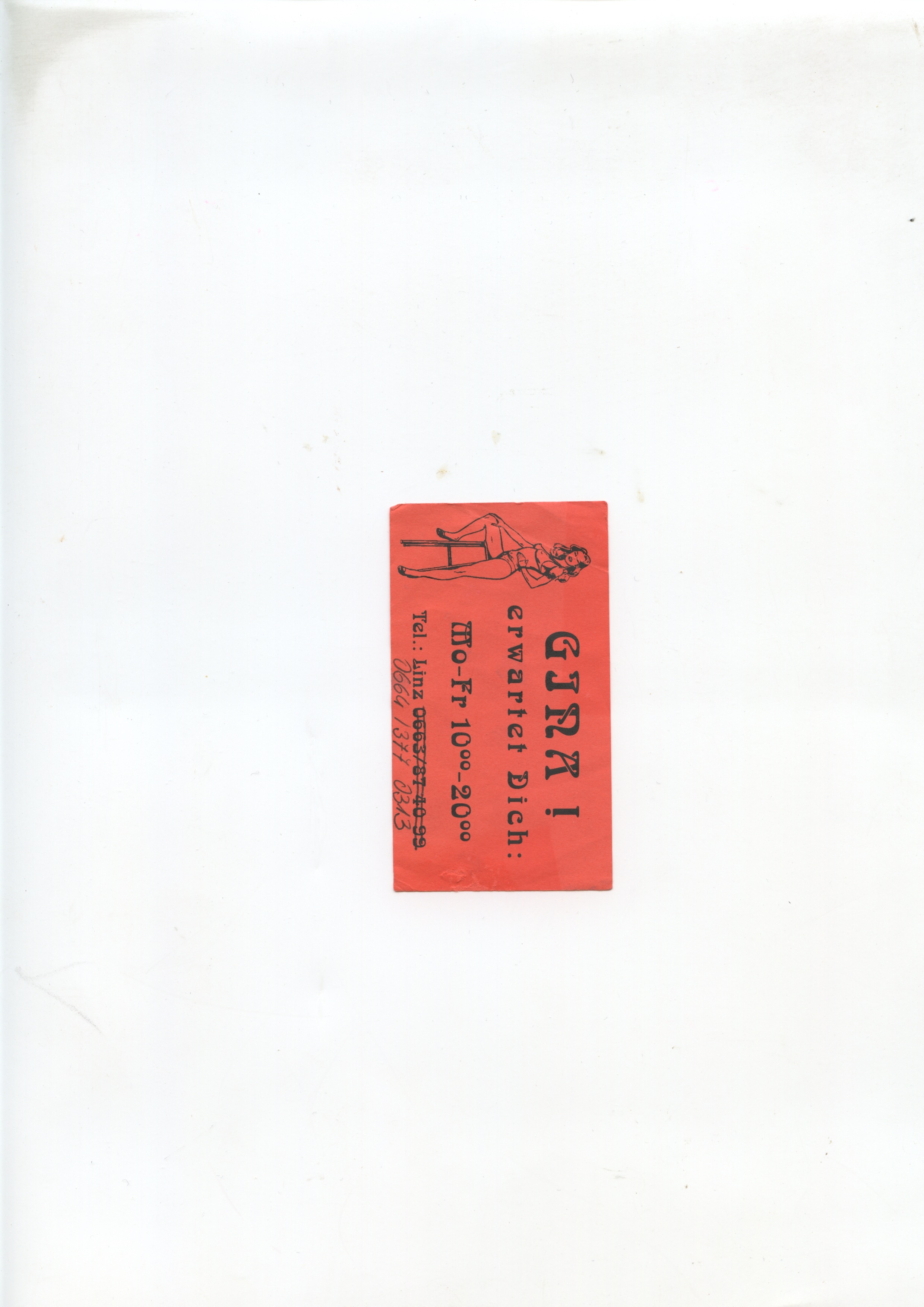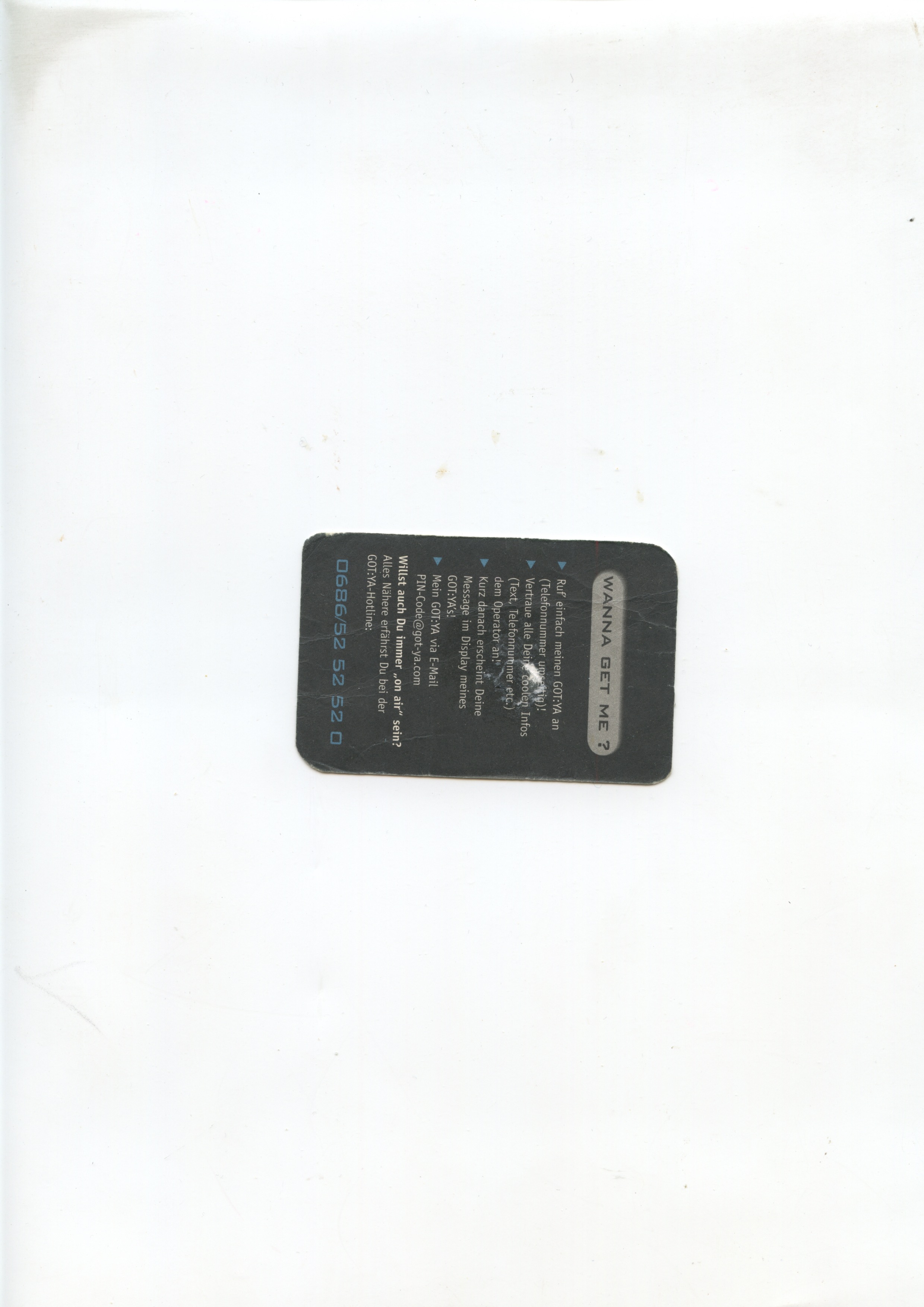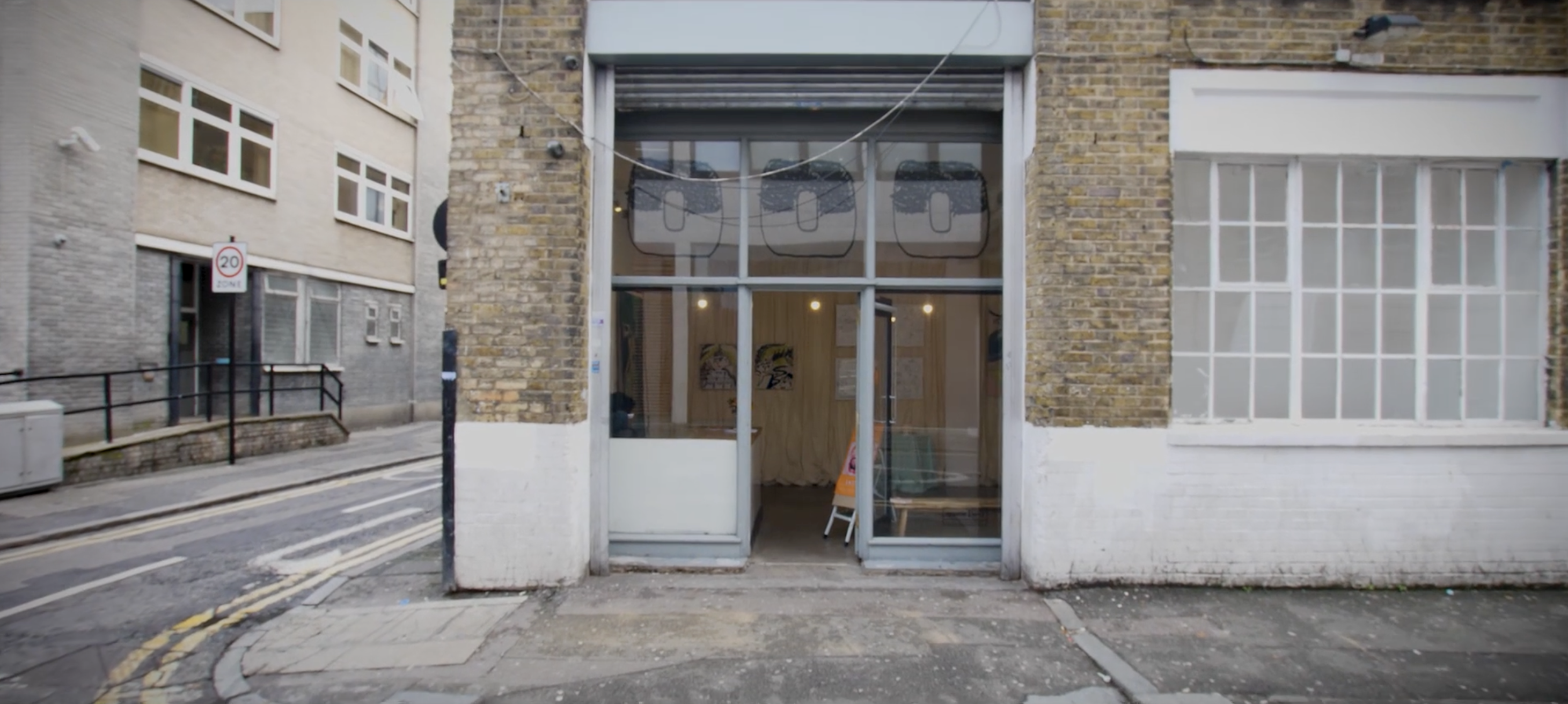Stephan Ashpool
Photography
2025, Rome
Visual and physical art direction for Elena Mantellato and her brand Skinprotocol. Together with Radar Studio, I developed the creative concept and produced photographic and video content that translated Skinprotocol’s innovative approach to skin health into a refined and contemporary visual language. The project emphasized the power of skin care as a journey of inner exploration, guided by the professionalism of an Acne Expert.


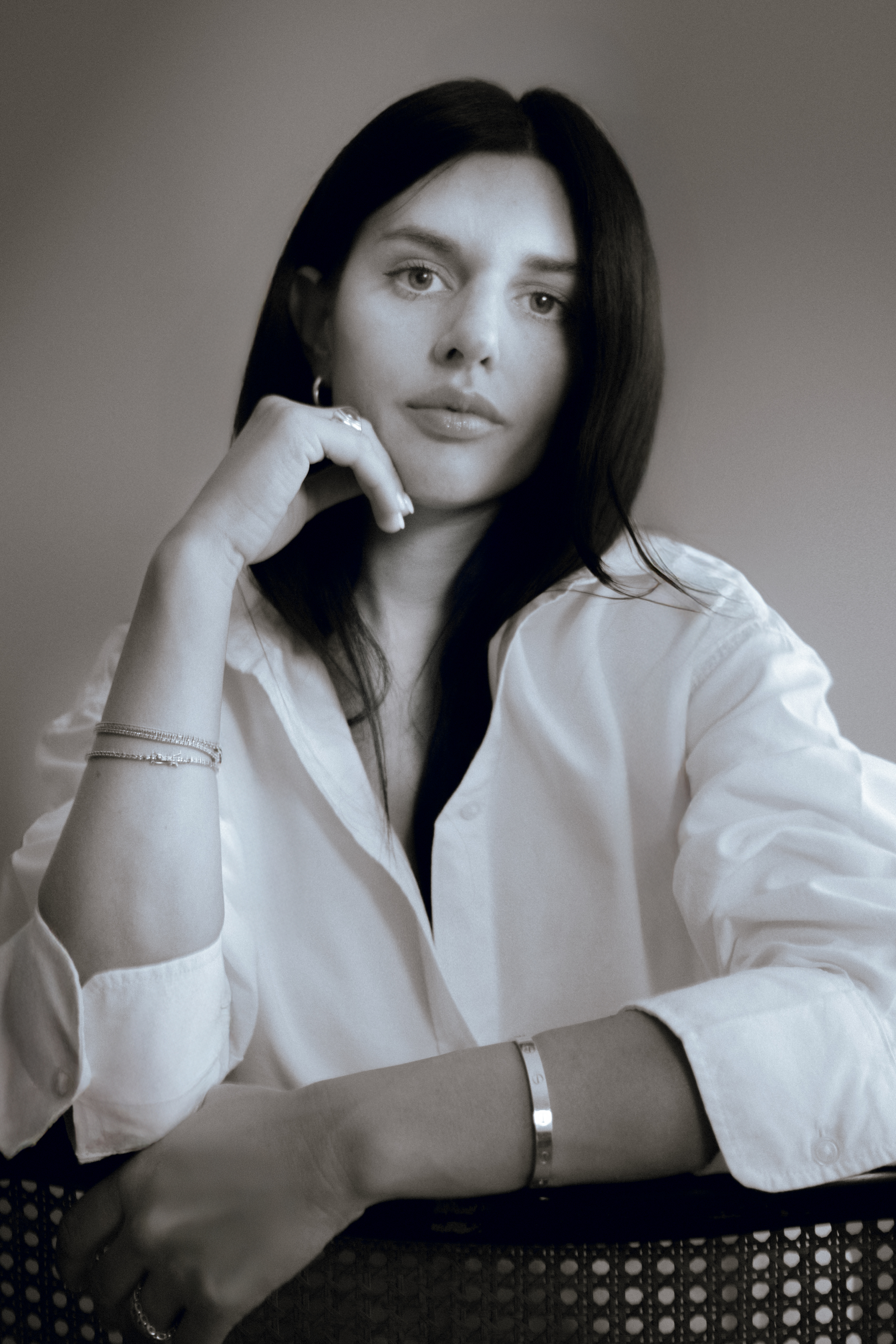





Unveiling
Baldinini
Baldinini
Video Documentary
Photography
Photography
2025, Milan
“With the feeling that they still have things to discover and unveil within themselves, also falling in love with their own shadow zones.— Schön! schonmagazine.com
UNVEILING — the latest chapter in Baldinini’s ongoing dialogue between fashion and contemporary art — transforms the Kurfürstendamm boutique in Berlin during Gallery Weekend into a contemplative space where memory, narrative, and material exploration converge. Conceived by Elena El Asmar under the artistic direction of Matete Martini, the installation blends sculptural elements, video, and a curated window display in dialogue with the Flower Mesh collection, evoking fading light, textures, and inner landscapes.
Her sculptural work — deeply inspired by themes of remembrance and transformation — enters into conversation with Baldinini’s collection, guided by Martini’s orchestration.










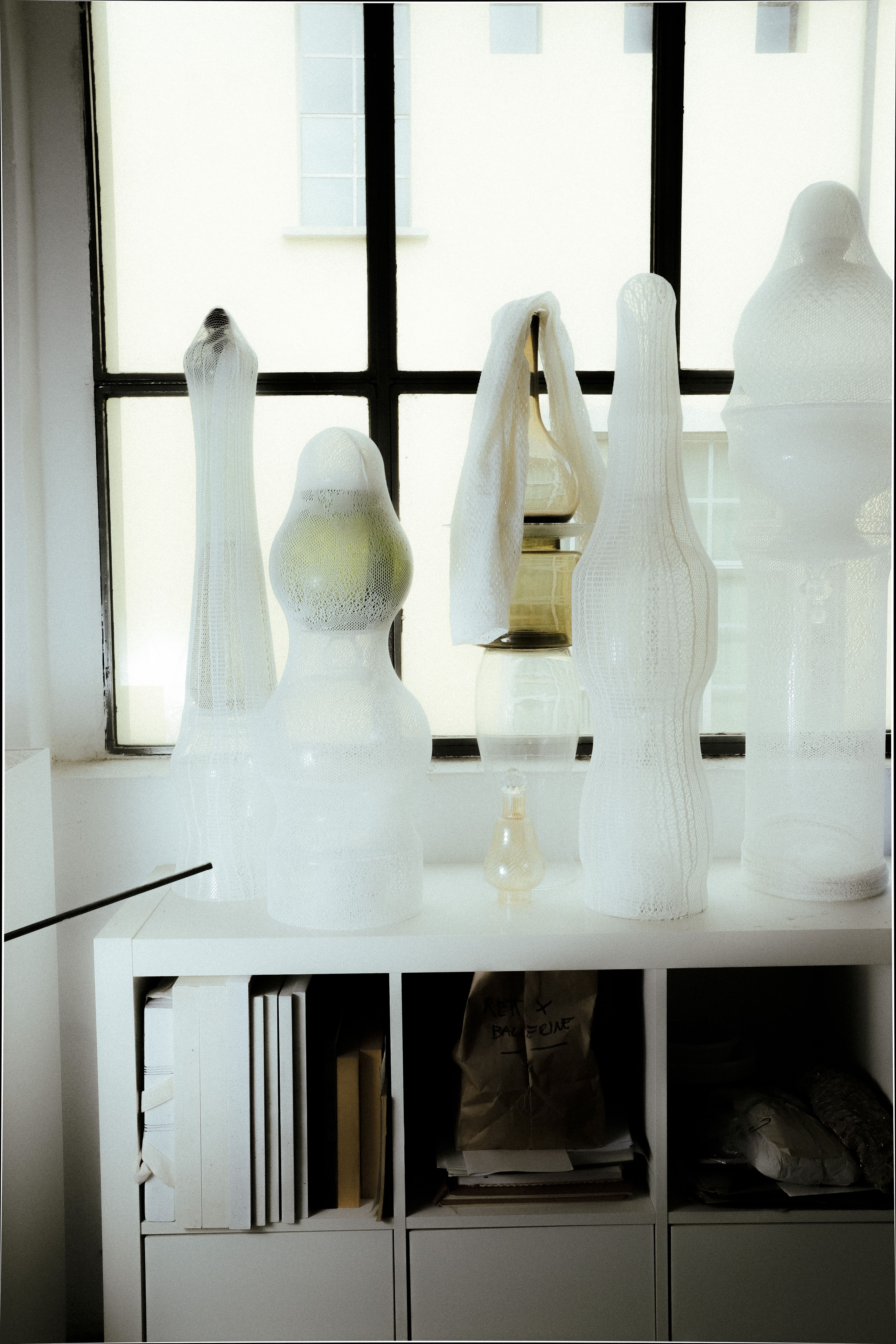
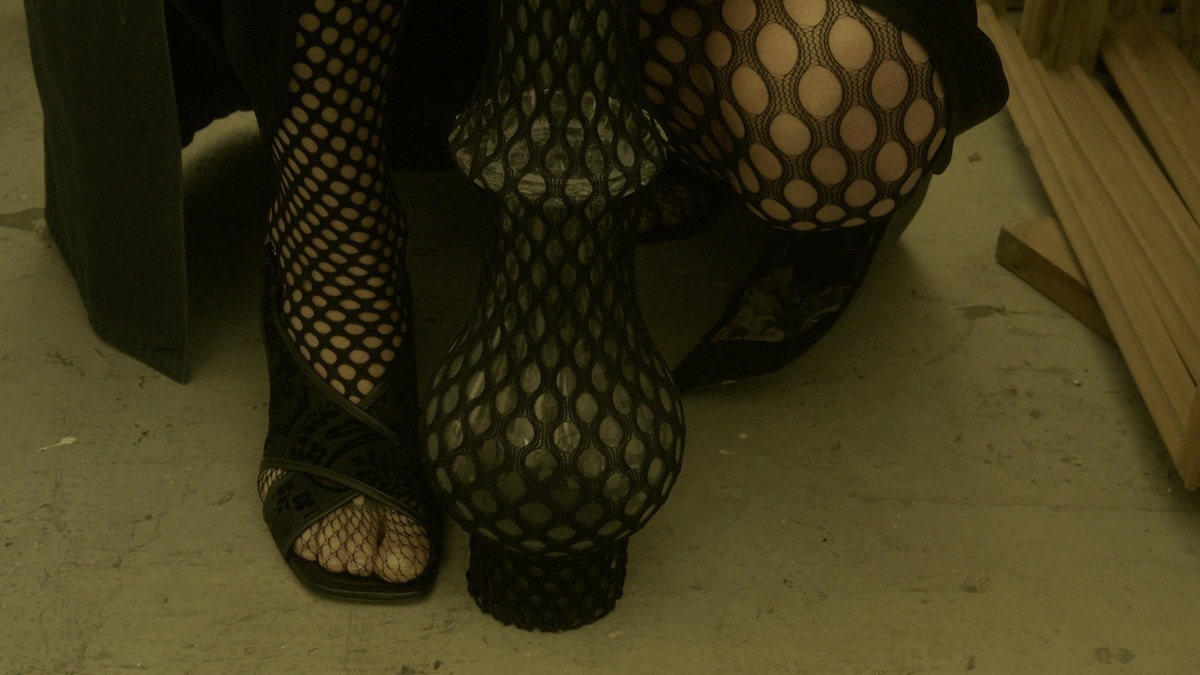
A screen printing atelier based in Carpi, Italy — rooted in a long-standing family tradition, known for its artisanal excellence in haute couture and collaborations with major European fashion houses.





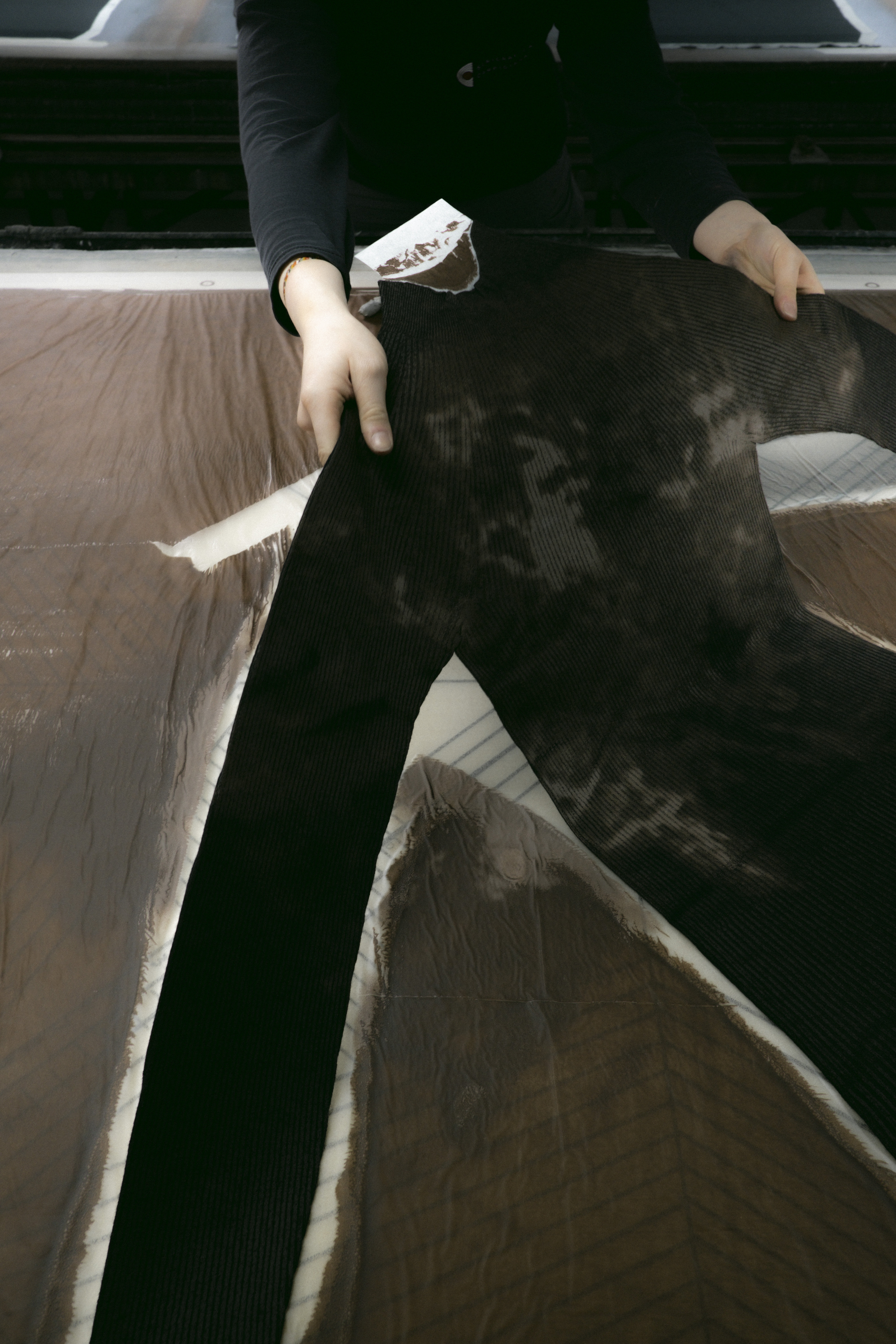






Marlè Magazine
Photography
2025, Milan




Ma.Re Knitwear & Cooperativa Noncello. A knitwear atelier in Friuli, merging technical excellence with social purpose. In collaboration with Matete Martini, this experimental project brings together fashion and inclusion, shaping a production model where craftsmanship becomes empowerment and contemporary craft meets community.
Vier
Quality magazine
Quality magazine
Photography
2024, Milan, Munich

Marlè Magazine
Photography
2025, Milan




Berliner Schritte
Baldinini
Baldinini
Video Documentary
Photography
Photography
2024, Berlin
Steps that trace Berlin’s rhythm — stories, encounters, and beauty revealed through the city’s streets. Where Italian craftsmanship meets Berlin’s cultural energy on Kurfürstendamm.
With Anna Kuen, Monja Gentschow, Lukas Hoffman, Robin Karter
Baldinini Presents Berliner Schritte
Art direction Matete Martini
Video Directed by Matete Martini · DOP Gianluca Luppi
Photos by Matete Martini
Production Guitar Agency















Fino ad ora come allora
Baldinini
Baldinini
Exhibition
Photography
Photography
2024, Berlin
There is a cyclical journey of growth, decline, strength, and rebirth already completed—a stylistic exercise in narrating an idea, a tale of a winding, compelling, and theatrical journey. Thus emerged the brief marriage between me and the Baldinini brand," says Matete Martini. "I lost myself skin to skin in the Baldinini historical archive. From its iconic seventies clog, I worked on a wide selection of iconic models that narrate a deeply Italian production. Comfort, femininity, and Italian identity shine through in every piece.
Baldinini Presents Fino ad ora come allora.
creative direction by Matete Martini
Photos and Exhibtion design by Matete Martini



Hug each other again
Exhibition
2024, Nicosia, CY
Hug Each Other Again Riana Raouna Gallery, Nicosia
A solo exhibition by Matete Martini with new paintings, photographs, and drawings exploring intimacy through the embrace — a primal gesture of connection, belonging, and fragility. Set in Nicosia, Europe’s only divided capital, the show reflects on home, acceptance, and togetherness.
Matete Martini investigates anatomy, skin, and the relationship between brain, touch, and emotion through bold brushstrokes, fast lines, spray on canvas, and deeply emotional photographic works.
“The primal yearning for connection manifests most profoundly in the embrace — an enduring symbol of tranquillity and belonging that transcends societal constructs.” — Matete Martini
The exhibition opened in the presence of Filep Motwary, writer, curator, and editor-in-chief of Dapper Dan Magazine, whose participation underlines the dialogue between art, fashion, and cultural critique that frames Martini’s work.
A solo exhibition by Matete Martini with new paintings, photographs, and drawings exploring intimacy through the embrace — a primal gesture of connection, belonging, and fragility. Set in Nicosia, Europe’s only divided capital, the show reflects on home, acceptance, and togetherness.
Matete Martini investigates anatomy, skin, and the relationship between brain, touch, and emotion through bold brushstrokes, fast lines, spray on canvas, and deeply emotional photographic works.
“The primal yearning for connection manifests most profoundly in the embrace — an enduring symbol of tranquillity and belonging that transcends societal constructs.” — Matete Martini
The exhibition opened in the presence of Filep Motwary, writer, curator, and editor-in-chief of Dapper Dan Magazine, whose participation underlines the dialogue between art, fashion, and cultural critique that frames Martini’s work.
Faits Divers_es
Book
2024, Denmark
Perhaps I should have treated the book more conventionally, following a chronological order or focusing on a specific project, as photographers or painters often do. However, I have always been drawn to unconventional elements, even in my cooking. I am excited to introduce this paper collection, which essentially mirrors my life, featuring a variety of actions, objects, processes, and previously undiscovered works.
Faits Divers-es is my way of being, visually presented and printed, a journey born more than sixteen years ago in and continuing until today. More uncertain works, spontaneous creations, found objects, observations of people, clothes, and numerous collaborations.
These elements have all been part of a cohesive work that has come together over time, often involuntarily and amidst struggles.
Note: The phrase «divers-Es» seems to be an attempt to combine the word «diversity» with a suffix or linguistic structure that doesn’t make sense in English. It could be an invention or a clumsy attempt to create a new term. The use of anglicisms can sometimes lead to similar results, where the resulting word makes no sense in either the original language or English. «divers-Es» celebrates diversity with a nonexistent Anglicism, the invention as acceptance of the error.


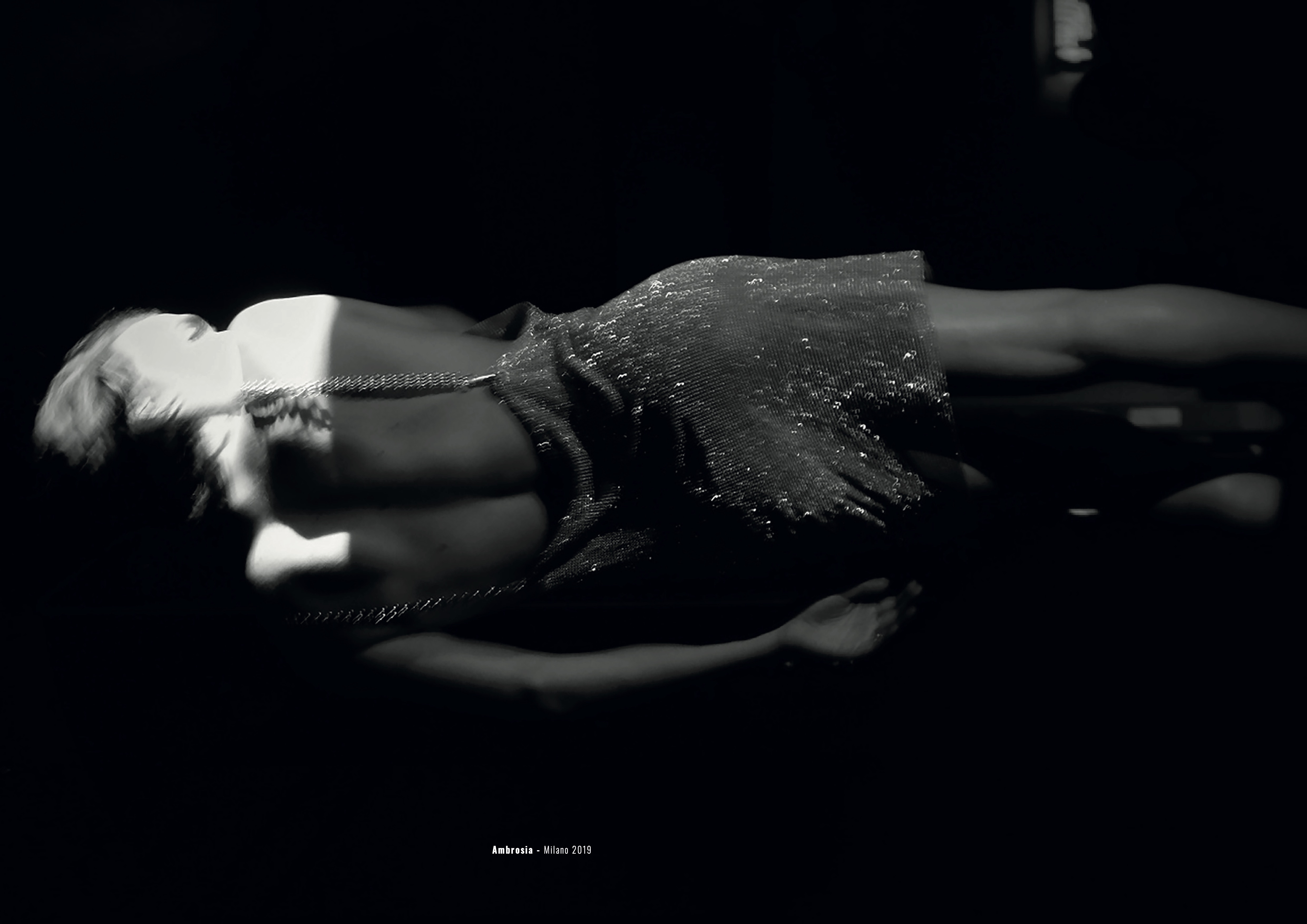




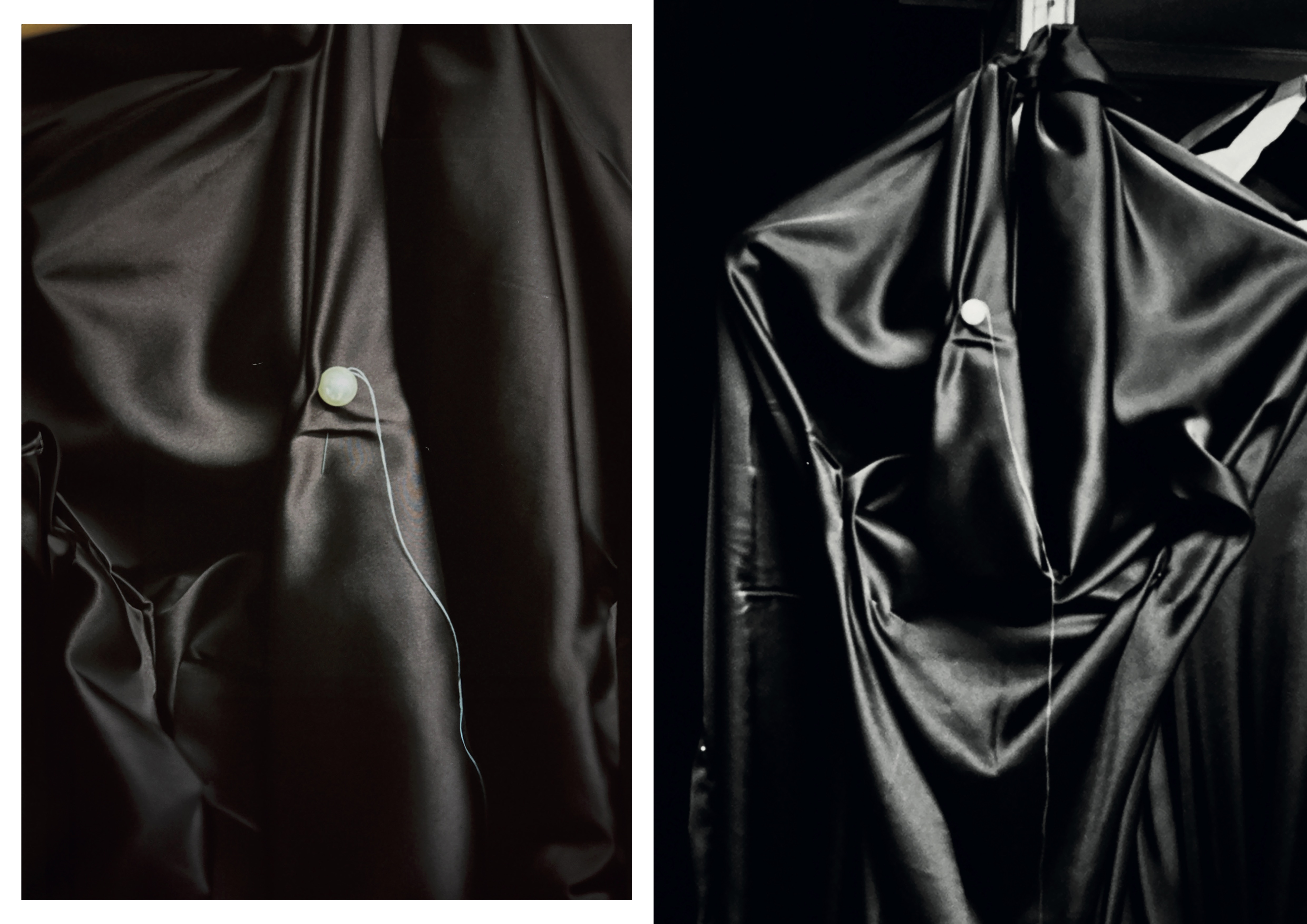

Fino ad ora come allora
Baldinini
Baldinini
Exhibition
Photography
Documentary
Photography
Documentary
2024, San Mauro, Milano



The only place an artist, a photographer, or a curator can have in the midst of a magnificent story, which is the birth, life, and memory of the idea, is to be an active participant: to immerse oneself mercilessly in the voracious sounds of production, in words spoken too loudly, in the silence of closed drawers, in forgotten boxes, in the dust of archives, in the patina of offices, in the people who have seen it all and those who have just arrived.
During Milan Fashion Week, from February 18th to 26th, 2024, Baldinini presents "Fino ad ora come allora," the immersive exhibition curated by the versatile artist Matete Martini at the Milan boutique, located at Via della Spiga 26. The exhibition retraces the brand's history by reinterpreting the historical archive through photographic, video, and audio works created by the artist during her residency in Baldinini's production heart in San Mauro Pascoli.


protectively.
Conceria Presot
Politecnico
Conceria Presot
Politecnico
Sculpture
Educational
Documentary
Educational
Documentary
2022, Pordenone, Milan
A formal, but also social and introspective exploration on the value of 'protection.' Dressing as a primary necessity for protecting one's body, shielding oneself as an architectural step of a secondary enclosure, the dwelling as a reflection of society and our identity. Where does protection begin, where does it end, and what remains? What form does it take?
The project by Matete Martini, developed through the Futureyoungtalent method, involves six students from Politecnico di Milano, culminating in a final exhibition at Parma Fiere 2024. Centered around the concept of 'protection,' the work delves into the role of leather as a second skin—serving as a shield and architectural passage into a refuge that mirrors society and identity. Through collaboration with Presot, a natural vegetable-tanned leather tannery, and hands-on learning, the project explores themes of sustainability, craftsmanship, and introspection, shaping a comprehensive design journey.
In a drying room, students' auditory compositions made with the artist created a profound sensory experience, blending diverse voices and cultural nuances into an eight-minute journey. The interplay of sound, production noise, and tannin aromas transformed the act into an artistic symphony, weaving these elements into the final collection as an integral masterpiece.



Unconventional Glass Conversation
with Matteo Cibic
with Matteo Cibic
Event, talk
2024, Udine
On January 18, the Cumuni Emporio space will host the event ︎︎︎Unconventional Glass Conversation, an engaging and dynamic discussion between artist Matete Martini and designer Matteo Cibic. The event will revolve around the fascinating world of glass, presenting for the first time a collection of high-quality glassworks as authentic design objects.
Following the screening of the film Beaten Egg, the evening will unfold with critical and design-oriented insights from the two speakers, reflecting an innovative and unconventional approach.
The glass collection at the heart of this extraordinary event is the result of Matete Martini’s artistry and is part of a broader project titled Beaten Egg. This series, called Il Lavavetri, was created in Murano at the historic Signoretto Lampadari Srl furnaces. It represents the second chapter of the Beaten Egg project, a film directed and produced by the artist in 2023, where the glass series assumes the role of its tangible and sculptural artistic counterpart.
The event title itself suggests the unconventional and avant-garde tone it aims to embody—a conversation breaking free from traditional frameworks, uniting two open minds in a unique and boundary-pushing dialogue.



The Screen
NonostanteMarras
NonostanteMarras
Exhibition
2023, Milan
︎︎︎Watch on tv
With Screen, Matete Martini moves from film to exhibition, turning the cinematic screen into a canvas where images and objects come alive. Her work blends cinema, painting on Marras fabrics, sculpture, styling, and photography — a universe where interchangeable media converge.
“The screen as a projection surface. The screen as a subject of representation.” Challenging conventions, Martini transforms canvases and found objects into sculptural forms, inviting viewers to cross the boundary between material and immaterial.


The Window Washer
The Venice Glass week
The Venice Glass week
Exhibition
2023, Venice
a sequel to the artist’s eponymous film directed and produced in 2022, of which the exhibition serves as the tangible and sculptural counterpart.
Matete Martini, during Glass Week, unveils a new series of works titled Beaten Egg, created in Murano at the ancient furnaces of Signoretto Lampadari Srl. Beaten Egg introduces a new symbolism into Matete’s cosmology, rich in autobiographical references: the memory of the beaten egg preparation by the artist’s paternal grandmother. While in the film, the egg is captured in the hypnotic and repetitive act of being beaten, in The Window Washer, it becomes an immobile sphere that crystallizes the existential metaphor of contemporary urban human condition. The egg, or the sphere, represents the common denominator of all of The Window Washer’s production and is the poetic translation of human alienation in society. In the series of sculptures, the sphere - the human - is paired with other glass scenic elements, such as a theater armchair, a mirror, a movie screen, and a box. Beaten Egg is an invitation to self-analysis, an introspective act that culminates in self-discovery and self-acceptance. Often, this awareness has a bitter and ironic taste. In this process, the box represents the moment of interrogation, the mirror compels comparison, and the armchair can refer to both the psychoanalysis couch and the cinema seat.
These pairs - man screen, man mirror, man box, man chair - invite reflection on the role of image in the stage of multimedia society life. Through his work, Matete Martini emerges as a theatrical director of a world where interchangeable media converge: from filmmaking to canvas painting, from glass production to digital content production, from sculpture to interior decor, from photography to styling. The eclectic artist, Matete, like the viscous glass material, changes, ranging from one medium to another, becoming a curator of the world and filtering the image through an aesthetic approach.
An important influence on the imagery of Beaten Egg is the production
of the famous German choreographer and dancer Pina Bausch, from whom the exhibition title, The Window Washer, pays tribute to her performance Der Fensterputzer, 1997. While on one hand, Bausch celebrates and simultaneously ridicules the frenzy of the metropolis, the repetitiveness of daily routine, and the complexity of our existence; on the other hand, Matete tells the urban history’s poetry in glass that the great Master represents in dance.
Furthermore, Matete uses the bucket as a scenic paradigm and an installational object. The Window Washer gains another meaning and becomes an expedient to ironically suggest the act of cleaning the glass works themselves, an autobiographical reference to the preparation for the Venice Glass Week. The Window Washer suggests a form of interaction crucial for activating the installation’s meaning. In this way, the artist, but also a hypothetical owner, when cleaning the artwork, become performers and enactors of an artistic gesture. Matete also explores the relationship between reality and image, pictorially representing the bucket, which shifts from an object to a subject of representation.
︎︎︎The Window Washer, curated by Costanza Longanesi Cattani, is an official participant in Venice Glass Week 2023.
Furthermore, Matete uses the bucket as a scenic paradigm and an installational object. The Window Washer gains another meaning and becomes an expedient to ironically suggest the act of cleaning the glass works themselves, an autobiographical reference to the preparation for the Venice Glass Week. The Window Washer suggests a form of interaction crucial for activating the installation’s meaning. In this way, the artist, but also a hypothetical owner, when cleaning the artwork, become performers and enactors of an artistic gesture. Matete also explores the relationship between reality and image, pictorially representing the bucket, which shifts from an object to a subject of representation.
︎︎︎The Window Washer, curated by Costanza Longanesi Cattani, is an official participant in Venice Glass Week 2023.

The Glass collection
Signoretto Lampadari Srl
Signoretto Lampadari Srl
Sculpture
2023, Venice
A person is sitting on a cinema chair, waiting for the audition. A girl is sitting on the first row of chairs in a cinema, reading a book A man, waiting for the movie to start, is running for the last seat in the front row of the cinema. Beaten Egg - The Chair. The room is empt no one is going to listen to you. That object, the chair, I mean, is often anchored to the ground and, therefore, fused with the rest of th room. You have to stay. The action of being seated is always combine with the “attesa”, the act of waiting for something to happen: waiting for something, someone, waiting for some food, reading, or writing It is a necessary part of the space, particularly in a cinema room. And yo realize its importance as soon as the film screening begins, because as i begins, you have to stay! The rectangular outline of the screen, the cinema’s screen, seems to be like an elastic band forbidding any escape. It keeps you focused; you can’t leave. There is no escape from our minds, from our thoughts, from this chair. So the chair, combined with the screen, forms a human machine that activates but also anchors us, leaving us no choice, not even for a moment.





Beaten Egg is essentially, a box full of toys. The heavy box, meanwhile, is a concept, a utopian architecture trapping us (the glass sphere, so human) inside a structure, as a symbol of our own limits, and a box full of toys. That magical container keeps you active: moving it, cleaning it, understanding it. We all used to gather stuff together, initiating a playful moment of activity separate in time, much like the one during the screening. Both moments detach you from reality, separating the perceptual level from the surroundings with a strong surreal intent to perdition. “What happened now?” In a theatrical scene of claims and solutions, life appear as a game, the cinema as a box, and us as a presence, a sphere, relentlessly failing to find peace, empty of others, full of ourselves. Forced to stay with ourselves. Mirroring ourselves.
Beaten Egg
Short film
2023, Pordenone
Matete directs and projects the film in the Sala Modotti of CinemaZero. The artist Matete aims not only to represent a cinematic work on the cinema screen but also the cinema itself, from which the spectators observe it. This concept evokes a sort of box within a box, where the visitor finds themselves fully immersed in the representation. The scenography is filled with objects and details, turning the experience into a true "cinema within a cinema." The result is a journey into an intimate world of self-reflection, where the viewer is immersed and involved, actively contributing to the creation of the work's meaning. Costanza Longanesi Cattani

Actions, emotions, different reactions and transformations, they figure out the current world, penetrating a human condition with bitterness, hope, differences, individuality, togetherness, alienation and irony.
“Two egg yolks, sugar as you prefer, be generous, beat until emulsifying in one direction only, preferable counterclockwise. Human’s pain is the gift of thought, his fortune is to combine it in practice, like that of beating an egg."
"Isn't life a sweet cream?"
Five characters, five auditions, a story written together by an artist and a Parisian jurist. What will happen on the day of the audition? Mixing of uncomfortable truths, of similar lives, of brilliant intuitions that make you feel lost. All of this unites, swirlingly, in a common end, the emotional meltdown, the shocking truth of our blood origins, the morbid fold of our human limitation, the eighty repetition of thought, our pain. Betaen Egg is an exercise, a wish to apply practice in our life, the same which is the cure against the pain of the human being, the vacant and intangible thought that accompanies us throughout our existence. Beaten egg is the wish, a social message back to the essence.



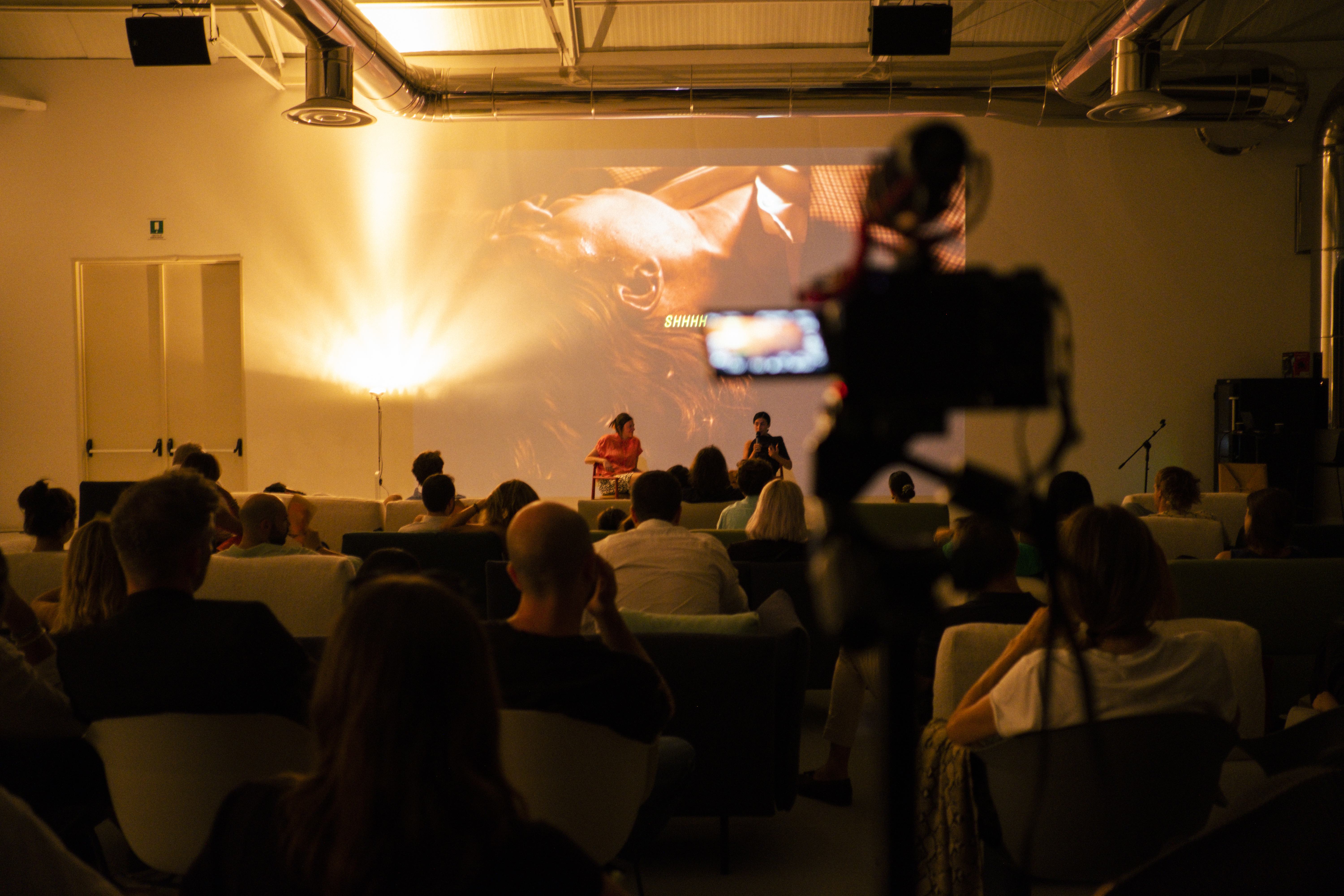
Film event presentation hosted by Kristalia Club, supported by Mr Bio Wine and Publishingstation.com
La Pratica
Photography
Doc Interview
Doc Interview
2022, Milan
‘Pittura dell’ultimo giorno. Scritti per Alberto Burri’ by Emilio Villa (p. 8). Published by Le Lettere, Florence, 1996.
Practice comes from the Greek word prássō, meaning I do, I act. As opposed to theory, it indicates the sphere relating to the motives and contents of one's will as a prerequisite to actions being completed: the use of our soul is dual, that is, practical and speculative.
That takes shape from the repetition of multiple actions, the methodical operation of valuing and understanding what is within us and what surrounds us, a way of learning and thinking, the path to knowing the world: doing, exposing oneself to the sufferin




















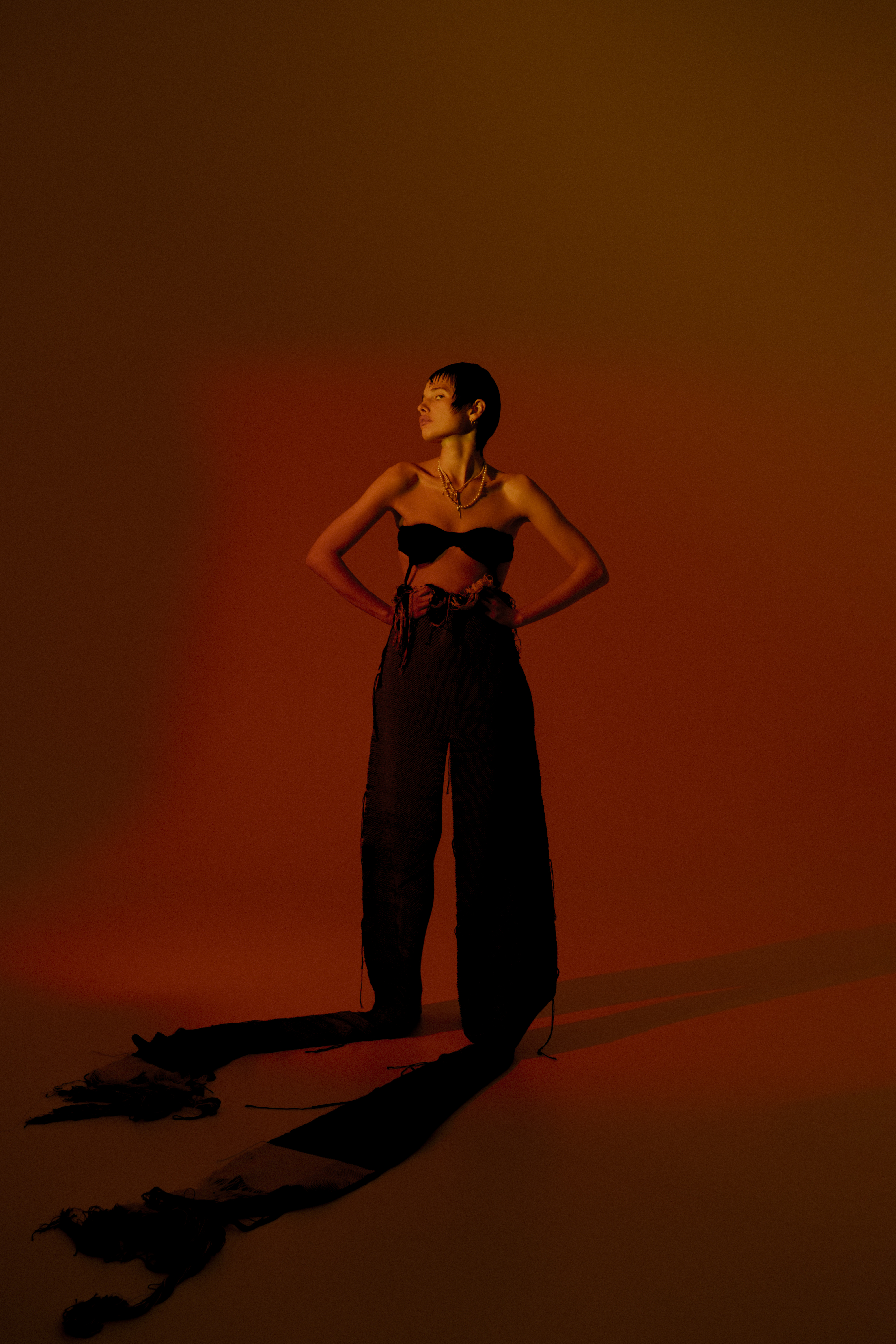

Incf
Steno Branca di Romanico
Steno Branca di Romanico
Interview
2022, Milan





InCf
Hosted by Marsèll
Hosted by Marsèll
Launch event
2022, Milan
Sketch by Günter Roth, courtesy of the Roth family.
This issue delves into and explores the theme of Practice as a methodical operation for valuing and understanding what lies within us and around us. It is a way of learning and thinking, a path to understanding the world: doing, exposing oneself to the pain of failure, practicing to comprehend, create, and solidify a thought.
The new issue examines and deepens its focus on the stories of various individuals who have devoted their lives to artistic, philosophical, design, and cultivation practices—sometimes blending these pursuits—such as Nobuyoshi Araki, Le Corbusier, Carlo Hauner...
inCf is an independent magazine dedicated to exploring contemporary expressive themes and urgencies through the perspectives of the personalities invited to curate each issue.
Podcast created in collaboration with Publishing Station for Matete's issue.
︎ Photo by Marsèll Paradise
This issue delves into and explores the theme of Practice as a methodical operation for valuing and understanding what lies within us and around us. It is a way of learning and thinking, a path to understanding the world: doing, exposing oneself to the pain of failure, practicing to comprehend, create, and solidify a thought.
The new issue examines and deepens its focus on the stories of various individuals who have devoted their lives to artistic, philosophical, design, and cultivation practices—sometimes blending these pursuits—such as Nobuyoshi Araki, Le Corbusier, Carlo Hauner...
inCf is an independent magazine dedicated to exploring contemporary expressive themes and urgencies through the perspectives of the personalities invited to curate each issue.
Podcast created in collaboration with Publishing Station for Matete's issue.
︎ Photo by Marsèll Paradise

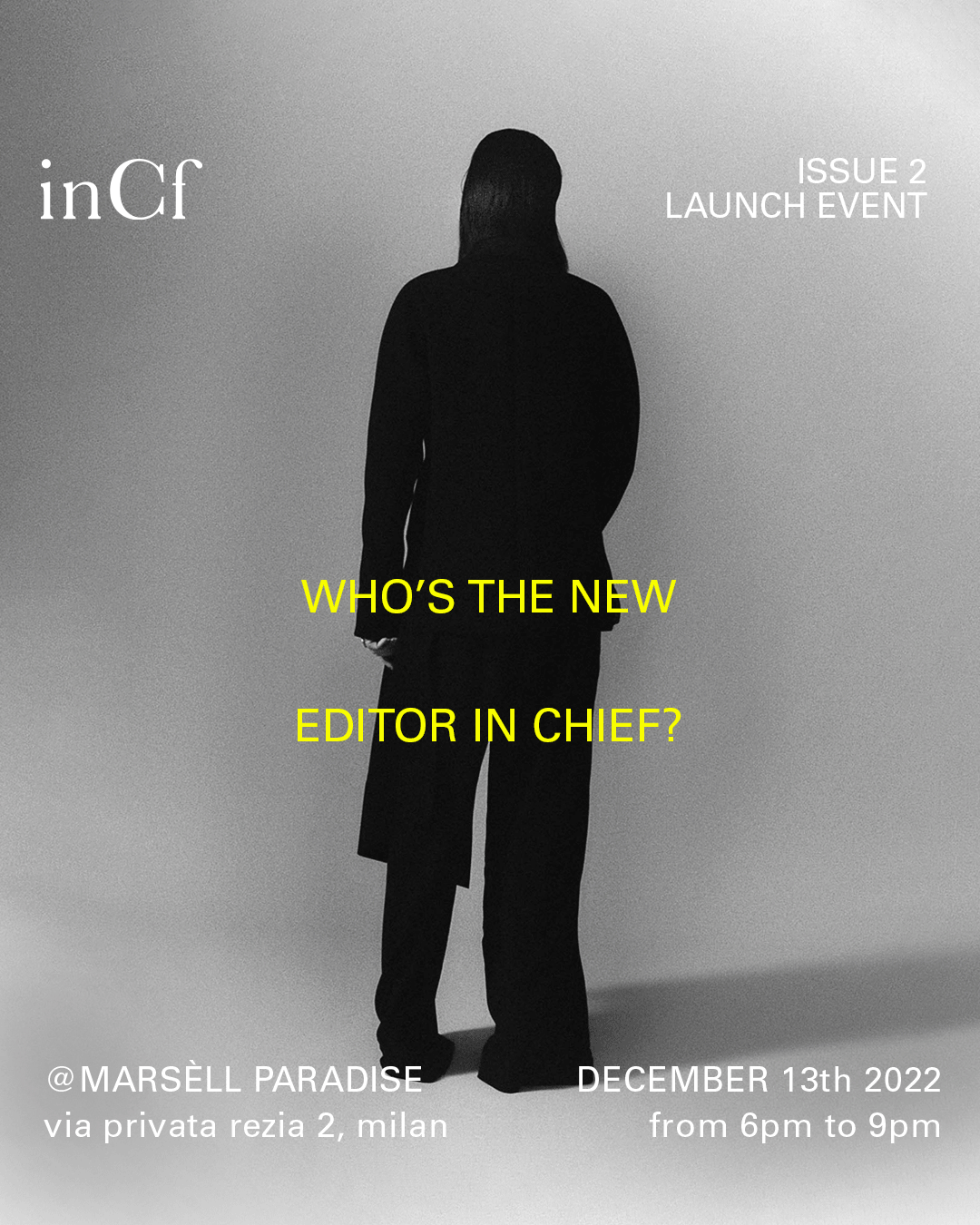

Darkness
Video
2022, Venice
Darkness, With Yasraa Pouyeshman. Discussing Incurata objects to an indirect but direct female Iranian point of view.
To a constellation of everyday objects belonging to the artist’s domestic environment casually hung around the exhibition: a toy car, poetry books, a Playboy magazine, a photo taken by the artist’s love, an antique perfume bottle. All these elements trigger and challenge the visitor, allowing a trip to a more intimate sphere, to invade Matete’s intimacy and her human dimension. Costanza Longanesi Cattani
Incurata
Art Events
Art Events
Exhibition
2022, Venice
An exhibition’s glossary: Incurata: a partially curated exhibition - opens to the public on Tuesday 20th September, in Venice at the Oresi Lab space, San Polo 62, showcasing works by Matete Martini, curated by Costanza Longanesi Cattani, and produced by Art Events. The exhibition features a thematic, pivotal to Matete's research, of the Cura, and unpacks the meaning of the word Incurata and its interpretations as following:
Cura: understood as both care and cure, the Cura is a healing artistic process, which through manual gesture, culminates in the achievement of a certain aesthetic form, as well as mending.
Non-Cura: In this exhibitive chapter the Cura is taken in analysis, at the very moment of its negation. Placing itself in an antithetical position, it focuses on the cause, namely the traumatic episode, which visually encompasses three series, Uncertainty 2020, Gestures 2021, and the new series Fix 2022 debuting for the first time. Through the use of painting, sculpture, and installation, Matete immortalizes the gestuality of trauma in the matter, which shows its wounds in different forms.
The former applies to Fix the final episode in the healing process, and culminates in the gesture of fixing a nail, a metaphor for ideas. The nail pierces the body of glass, which transcends the rigidity of the material and presents organic lines which crystallize, or fix, into a containing and protective vessel, a proxy of the human experience. Through the use of soft and warm, almost living, forms Matete soaks the objects in autobiographical references, starting from her relationship with his parents, as well as being charged with eroticism, sensuality, and poetry.
Curata: aims to ironize the concept of curatorship itself, simultaneously pursuing a bionomy of antithetical dialogues, which articulate the exhibition narrative in two very different moments: the curated exhibition and the non-curated exhibition.
Non-Curata: alternating, a more formal content to a constellation of everyday objects belonging to the artist’s domestic environment casually hung around the exhibition: a toy car, poetry books, a Playboy magazine, a photo taken by the artist’s love, an antique perfume bottle. all these elements trigger and challenge the visitor, allowing a trip to a more intimate sphere, to invade Matete’s intimacy and her human dimension. These two moments, collide and interpenetrate each other, serving as a mutual understanding, and accompanying us in the discovery of Matete's world.
Incuria: ironically references the spontaneous conception of the show, born at the moment of the meeting of Matete and Costanza, a week before the opening, which brought the two adopted curious and improvised solutions. Costanza Longanesi Cattani
Cura: understood as both care and cure, the Cura is a healing artistic process, which through manual gesture, culminates in the achievement of a certain aesthetic form, as well as mending.
Non-Cura: In this exhibitive chapter the Cura is taken in analysis, at the very moment of its negation. Placing itself in an antithetical position, it focuses on the cause, namely the traumatic episode, which visually encompasses three series, Uncertainty 2020, Gestures 2021, and the new series Fix 2022 debuting for the first time. Through the use of painting, sculpture, and installation, Matete immortalizes the gestuality of trauma in the matter, which shows its wounds in different forms.
The former applies to Fix the final episode in the healing process, and culminates in the gesture of fixing a nail, a metaphor for ideas. The nail pierces the body of glass, which transcends the rigidity of the material and presents organic lines which crystallize, or fix, into a containing and protective vessel, a proxy of the human experience. Through the use of soft and warm, almost living, forms Matete soaks the objects in autobiographical references, starting from her relationship with his parents, as well as being charged with eroticism, sensuality, and poetry.
Curata: aims to ironize the concept of curatorship itself, simultaneously pursuing a bionomy of antithetical dialogues, which articulate the exhibition narrative in two very different moments: the curated exhibition and the non-curated exhibition.
Non-Curata: alternating, a more formal content to a constellation of everyday objects belonging to the artist’s domestic environment casually hung around the exhibition: a toy car, poetry books, a Playboy magazine, a photo taken by the artist’s love, an antique perfume bottle. all these elements trigger and challenge the visitor, allowing a trip to a more intimate sphere, to invade Matete’s intimacy and her human dimension. These two moments, collide and interpenetrate each other, serving as a mutual understanding, and accompanying us in the discovery of Matete's world.
Incuria: ironically references the spontaneous conception of the show, born at the moment of the meeting of Matete and Costanza, a week before the opening, which brought the two adopted curious and improvised solutions. Costanza Longanesi Cattani
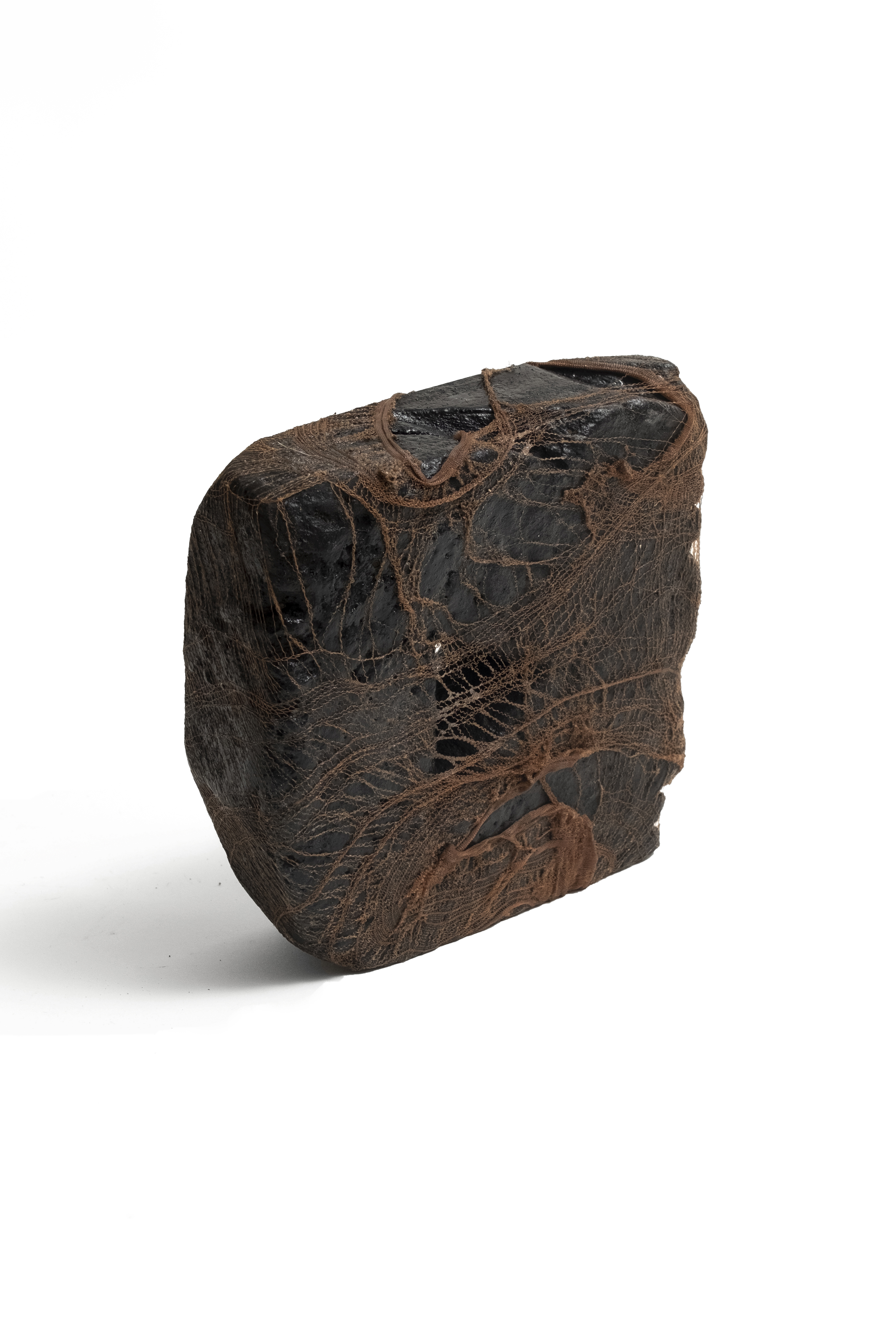





Repetita cura
Exhibition
2022, Vicenza
Matete Martini, in the series Fix, captures in the warmth of glass an energy that erases thought and shapes a protective shell. She seals, crystallizes with the cooling of the very material, fleeting moments of pivotal significance—points of no return. It is an attempt to isolate memories, to protect them, and to observe them from the outside in order to fully grasp their lessons. The penetrating act of the nail upon these sensual bodies, moreover, fills the void, reassuring the chasm that would otherwise remain unjustified. It becomes a memento of a painful experience but also its remedy, the medium through which one cannot forget.
In the Uncertainty canvases, Matete reflects on the lingering shadow of those memories, a deconstruction of a childhood recollection that can no longer be represented clearly. It is an effort to recall the image while forgetting the pain, focusing solely on the repetition of an imprinted form that becomes increasingly abstract until it fades away. She juxtaposes this background with the fetishization of the event itself, to which she became accustomed and without which she can no longer identify herself. Metaphorized in the nail, these traumatic experiences transform into fixed certainties—a boundary within which she has learned to navigate and which she has tamed to the point of perceiving it as a comfort zone. It is a scar to be proud of, celebrated in the imperfect volumes of Gestures.
Made-up and massaged bodies, covered and dressed to the height of their sensuality, exalting the beauty of their irregularities, Gestures are aggregates, warm masses, resting buttocks stretching to the point of tearing the garments that now feel too tight. This still warm, intimate sentiment serves as a connection, an umbilical cord that unites Gestures with Matete’s body and mind as elements of the same framework; all subjected to the same process of healing, growth, enhancement, and aesthetic exploration.
The point of arrival for Rizzetto and Matete, and from which they restart, is no longer the same as the one they departed from: at the crossroads, a process of maturation has begun, teaching that acceptance does not mean surrender. One yields to the desire for life, the willingness to love again, in the name of beauty and art—the most sublime expressions of humanity. Through love, they overcome the mediocrity of conflicts and the despicable futility of everyday trivialities because life is not an account, a mathematical figure, but a wonder. And like every enchantment, it has the power to transform us into something new each time, as long as we allow ourselves to be bewitched.
Repetita cura: For a tender dialectical construction of human maturity
Chiostro di San Lorenzo, Vicenza, 8–11 September 2022, painting, sculpture.
In the Uncertainty canvases, Matete reflects on the lingering shadow of those memories, a deconstruction of a childhood recollection that can no longer be represented clearly. It is an effort to recall the image while forgetting the pain, focusing solely on the repetition of an imprinted form that becomes increasingly abstract until it fades away. She juxtaposes this background with the fetishization of the event itself, to which she became accustomed and without which she can no longer identify herself. Metaphorized in the nail, these traumatic experiences transform into fixed certainties—a boundary within which she has learned to navigate and which she has tamed to the point of perceiving it as a comfort zone. It is a scar to be proud of, celebrated in the imperfect volumes of Gestures.
Made-up and massaged bodies, covered and dressed to the height of their sensuality, exalting the beauty of their irregularities, Gestures are aggregates, warm masses, resting buttocks stretching to the point of tearing the garments that now feel too tight. This still warm, intimate sentiment serves as a connection, an umbilical cord that unites Gestures with Matete’s body and mind as elements of the same framework; all subjected to the same process of healing, growth, enhancement, and aesthetic exploration.
The point of arrival for Rizzetto and Matete, and from which they restart, is no longer the same as the one they departed from: at the crossroads, a process of maturation has begun, teaching that acceptance does not mean surrender. One yields to the desire for life, the willingness to love again, in the name of beauty and art—the most sublime expressions of humanity. Through love, they overcome the mediocrity of conflicts and the despicable futility of everyday trivialities because life is not an account, a mathematical figure, but a wonder. And like every enchantment, it has the power to transform us into something new each time, as long as we allow ourselves to be bewitched.
Repetita cura: For a tender dialectical construction of human maturity
Chiostro di San Lorenzo, Vicenza, 8–11 September 2022, painting, sculpture.
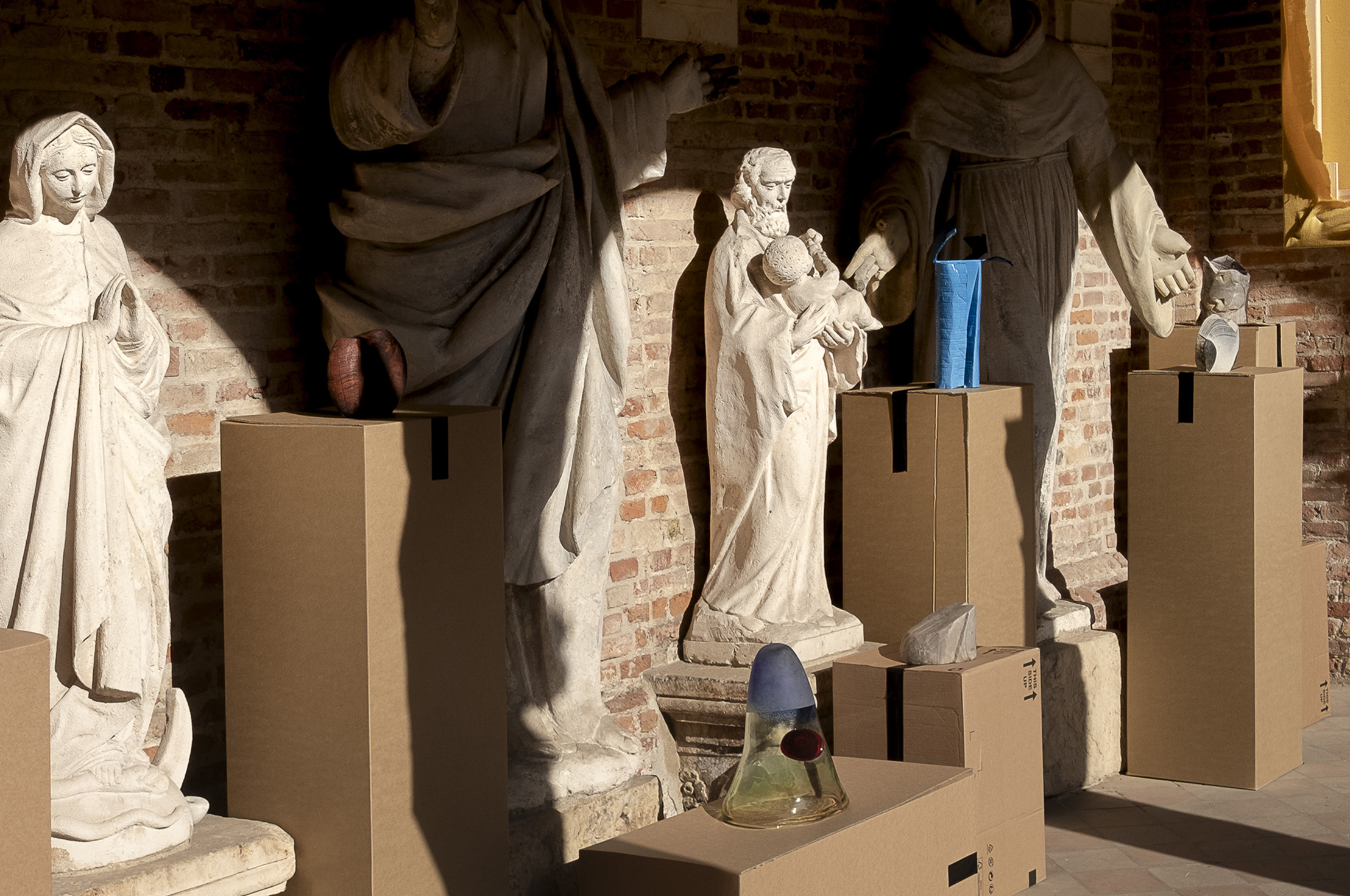

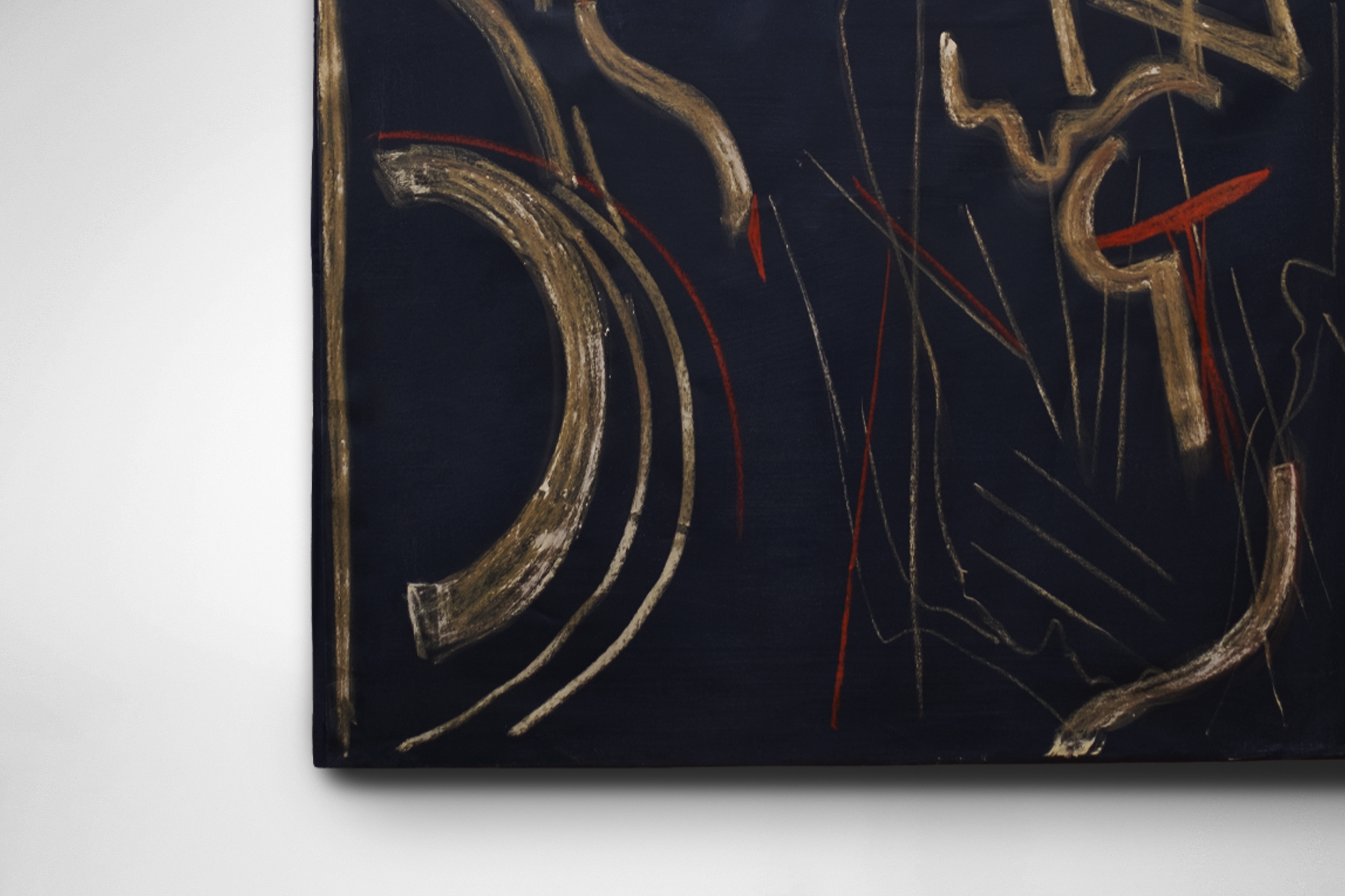





Fix series
Sculpture
2022, Spinea, VE
The Fix Serie. Italy, Venice, 2022, glass sculptures. “The gradual growth of uncertainty expectations. The repetition of the same gestures. A high temperature cancels the thought”
Fasten something, securely in a particular place or position. Decide or settle on a specific price, date course of action. Make arrangements for something; organize, make a dye, photographic image, or drawing permanent.
To Fix, fasten (something) securely in a particular place or position. The Fix Series is the outcome of a short research trought the scheme of a thought, thinking on the cure, how I can conserve the result, how I can remember it, how I can protect it, I dont want it change. This performative gesture of bringinh the nail and put it inside the hole, fix the concept, it is a decision, it cover a hole, but also priduce a hole. Is certain.
The production of these pieces is a couple of short night Attesa.

Photo by Mattia Balsamini
Gesture series
Mattia Balsamini
Mattia Balsamini
Photography
2022, Pordenone

Photo by Mattia Balsamini
L’essenzialestudiojournal
Magazine
Milan, 2022










Gestures series
Sculpture, Video
2022, Pordenone
“Pointing with your finger is the only certitude”. I used a stamp of irregular form, dripping into it a mix of cement and glue. This technique was used often by Carlo Scarpa. After when it solidifies the mix expels fumes (as if it was alive, breathing) and it takes a quasi human temperature. I grazed them. I massaged it with pigments and glue (as makeup). I covered the cement with the stockings, to achieve different colours, transparencies it feels like touching a body. I finished by letting the weight of the solid to create a violent strapping of the stocking, this created a cartilage effect.
Exercises
Espaciar
Espaciar
Pubblication
Space and architecture
Space and architecture
2021, Venice
Places, Dedications, Screenings, Exercises, Memories Congress Espaciar Italy - Spain, 2021, photography, miniature and drawing. Curated by Fernando Zaparaín, Jorge Ramos y Renato Bocchi (editores).
A reflection on the infantile intimacy of Foucault’s non-places, those places that become special to the point of canceling themselves out of not being classifiable because they are part of us, of an imperfect intimate human imaginary as a result of a mental construction of an affective association. Exercices de compréhension / action is a blend of photographic, graphic and tampering works. The protagonist, the space, his power, his mass, his emptiness, what happens inside and what has already happened and we just remember. “Perhaps the point is this, a place must become an interior landscape so that the imagination begins to inhabit that place, to make it its own theater. (Italo Calvino, 1974).
Spatial readjustments and utopian proofs of spaces that never existed, visual readings that enter the soul of the space. A collection of exercises that leads artistic thought to take each time a path traced to be reinterpreted around the spatial concept of non-places, places not clearly habitable, existing or passing, but also personal places produced by memory, by movement in the fruition of a plane as from the light itself. A small journey into the visual power of the “other” space and its non-existent physical presence.










Incompleto Infinito
Photography
2021, Venice






Pubertà
Painting, Performance
Photography
Photography
2021, London
La Lamentatrice (2021) is the perfect example of the artist’s use of the intersection between pleasure and pain. The subject, surrounded by an aureole - sign of divine nature - is ecstatic yet gripped by hysterical agony.
Pubertà will also take the form of a video performance (April - 9). Echoing the same themes of transformation, intersection and transition, the performance will mimic a cam girl live, a celebration of sensual intimacy in everyday life. Music by gledd. Actors: Charlotte, Thomas, Tania, Giulia.



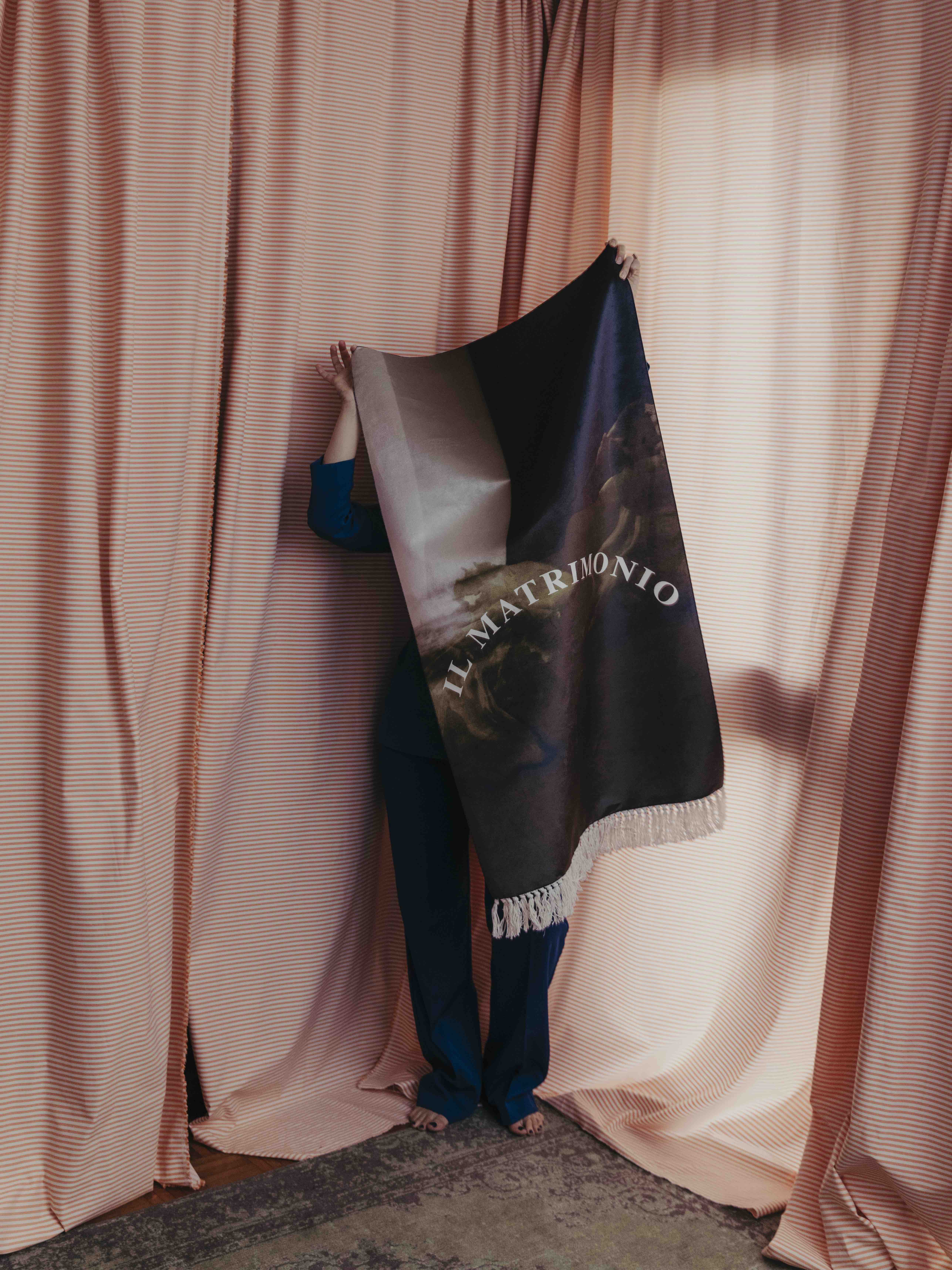









Lo Spazio Individuale
Video, painting
2019, London, Milan
The body is a vase full of energy. Martini shows this mutazione antropologica in the same way, whereby modernsociety currently conforms to a narrow-minded bourgeoismentality.“L’accumulazione del Centro consumistico ha distrutto le varieculture del Terzo Mondo : il modello culturale offerto agli italiani è unico. La conformazione a tale modello si ha prima di tutto nel vissuto, nell’esistenziale: e quindi nel comportamento. (the accumulation of the consumerist Centre has destroyedthe different cultures of the Third World: the cultural modeloffered to the italians is unique: The conformism towards thatsame model occurs first of all in life, in the existential: and so inbehaviour)
L’ Attesa
Performance
2019, Milan
A three-act performance born from the meeting between collector Manuel Menini and Matete Martini, featuring the LGBTQ+ icon Ambrosia Fortuna, model and performer. A work charged with tension and poetry, as taut as a cat before the hole it knows the mouse will emerge from. Photography by Matete Martini, Performer Ambrosia Fortuna, Hosted by Manuel Menini, written by Giovanni Garofalo, styled by Pasquale Cangemi.

MFM
Photography
Theatre
Theatre
2019, Rome
Massa forza moto is an unfinished project, like the great frescoes, a moment when the exploration of the body was central for Matete. During this time, her photographic research intertwined deeply with her stylistic and pictorial investigation. Matete and Bernardo began collaborating in a theatrical environment: everything took shape with the manifestation of their first work together, which was itself a work of art.
For the first time, Bernardo staged a "premiere" for Matete in a small theater in San Giovanni, Rome, while she captured the images that would become part of Bernardo's performances for years to come. This creative chase found stability during the pandemic year, when the dream of resuming their work grew stronger.
“I remember the residency in Rovigo,” Matete recalls. “I had only seen the result, but for Bernardo, I felt like his lighting technician. I knew I was part of a process.”
![]()
![]()
![]()
![]()
![]()
![]()
![]()
For the first time, Bernardo staged a "premiere" for Matete in a small theater in San Giovanni, Rome, while she captured the images that would become part of Bernardo's performances for years to come. This creative chase found stability during the pandemic year, when the dream of resuming their work grew stronger.
“I remember the residency in Rovigo,” Matete recalls. “I had only seen the result, but for Bernardo, I felt like his lighting technician. I knew I was part of a process.”





Ruf Mich An
Objets trouve
2010, Leoben, Austria


